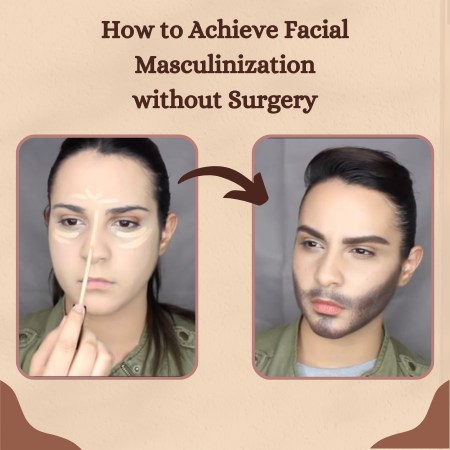FTM Beard Growth Guide: Methods, Tips, and Personal Experiences

Beard growth is a significant developmental process for many FTM individuals. It is seen as a sign of proper gender presentation. Beards help you identify with your masculinity. They also make you more physically appealing. They make your inner self visible.
This guide is a comprehensive source of information about how, as an FTM individual, you can start growing your beard. The guide will give you methods, tips, challenges, solutions, and personal experiences of FTM individuals regarding their beard growth journey.
Factors Influencing Beard Growth
Comparison of Male and Female Facial Hair Growth Patterns and Factors
Male and female facial hair develop differently because of hormones and genes. This hormone contributes to male secondary sexual traits. It also spurs facial hair growth in males. Facial hairs are few in females since the feminine testosterone levels are low.
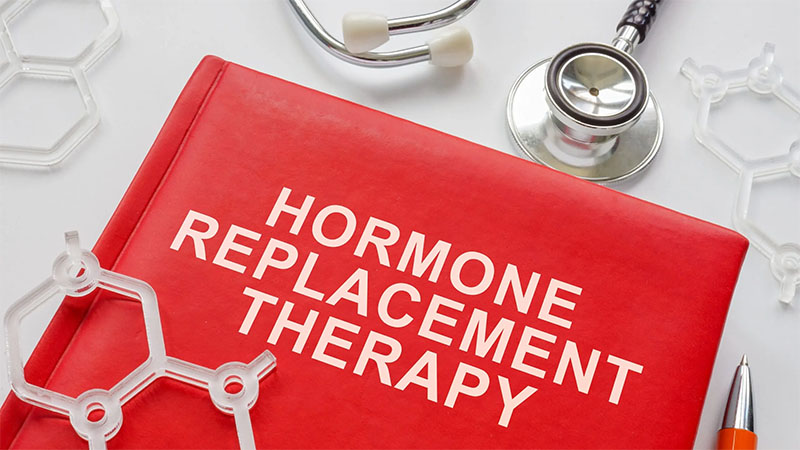
These patterns can change with Hormone Replacement Therapy (HRT). In FTM patients, testosterone can cause facial hair growth. HRT may result in rapid, terminal, black bearding in some people and slow, vellus, patchy bearding in others.
The Factors May Influence Your Beard Growth
● Genetics
Your genes dictate the growth and thickness of your beards. For instance, if you come from a family where your father and grandfather have thick beards, then you are likely to grow thick beards.
● Age
If you are in your 30s and 20s, you are likely to grow beards which are healthier, compared to individuals in their 40s and 50s.
● Ethnicity
You also need to remember that your race contributes to your facial hair growth.
● Alopecia Areata
Alopecia areata also influences beard growth. This is a condition where the body attacks your hair follicles making your hair fall off.
● Low Testosterone Levels
Low testosterone levels which may cause symptoms such as increased body fats, and fatigue may result in poor beard growth.

Methods to Encourage Beard Growth
There are different methods through which you can grow beards. These methods include:
Hormone Replacement Therapy (HRT)
Hormone replacement therapy facilitates the growth of breads in FTM individuals. The treatment starts a secondary puberty that allows new hair growth.
● How testosterone influences beard growth
Remember, the level of testosterone determines facial hair development. You may observe that your facial hair follicles become active at the beginning of the transformation process through HRT.
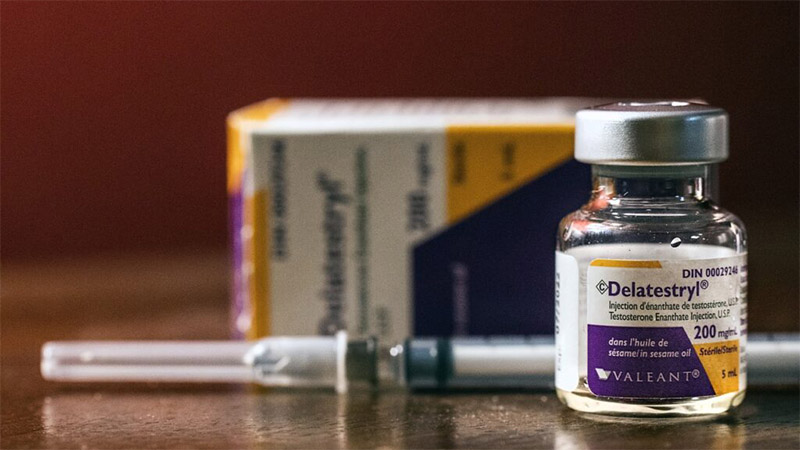
If you remain constant with the testosterone treatment, then you will experience the changes and adjustments in a year or so.
● Expected changes over time
The growth process of a beard varies from one individual to another. After the first few months, HRT might bring some fine, vellus face hairs. They stay at the primary point during the growth cycle. Over time, with regular shaving, they grow thicker and darker to portray a fuller beard.

The majority of FTM individuals report body changes and new secondary sexual traits at 12–24 months of starting HRT. However, achieving the desired facial hair density and distribution can take longer.
Topical Treatments
Other alternatives for growing beards include tropical treatment.
This includes:
● Minoxidil and other growth stimulants
Minoxidil stimulates hair growth, and scalp hair can also grow beards. Minoxidil helps to allow extra blood flow to the follicles, which helps them get the nourishment and oxygen they need to develop.
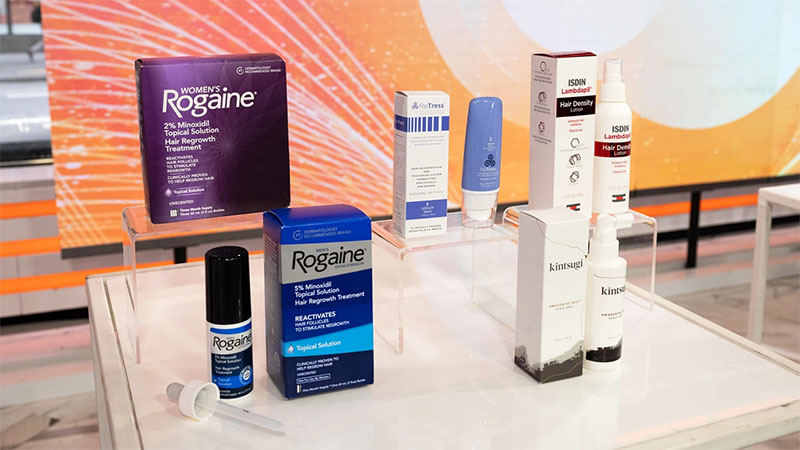
● Application techniques and expected results
Massage minoxidil solution or foam on the proper places of the facial skin twice a day for beard growth. As the instructions show, using the product with the provided frequency allows you to get the best results. Minoxidil may solve the problem in three months for some people and up to six to twelve months for others.
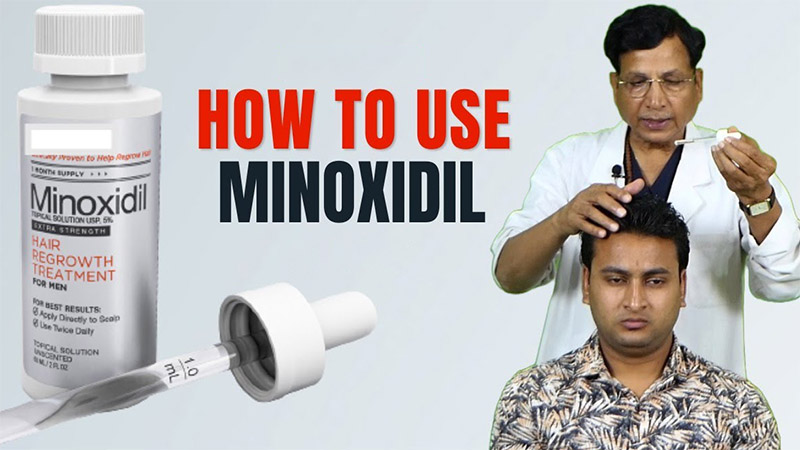
Lifestyle and Dietary Factors
Another way that we may increase hair growth is through analyzing factors such as lifestyle and diet.
● Impact of nutrition, sleep, and stress on hair growth
Current research shows that living a healthy lifestyle promotes the growth of beards. Hygiene and diet lead to good health, and a healthy diet, regular sleeping, and reduced stress help in facial hair growth.

● Supplements that may support hair growth
Remember, vitamins can contribute to the formation of beards. A satisfactory supply of vitamins, including biotin, zinc, vitamins A, C, and E, can help in hair improvement.

The B-vitamin, broadly known as biotin, is ingested to enhance hair, skin, and the strength of the nails. Always seek a physician’s advice before using new supplements. Some may be dangerous or unsuitable for your health.
Beard Transplantation
In cases where HRT and topical therapies do not gain FTM beards, you might opt for beard transplantation.
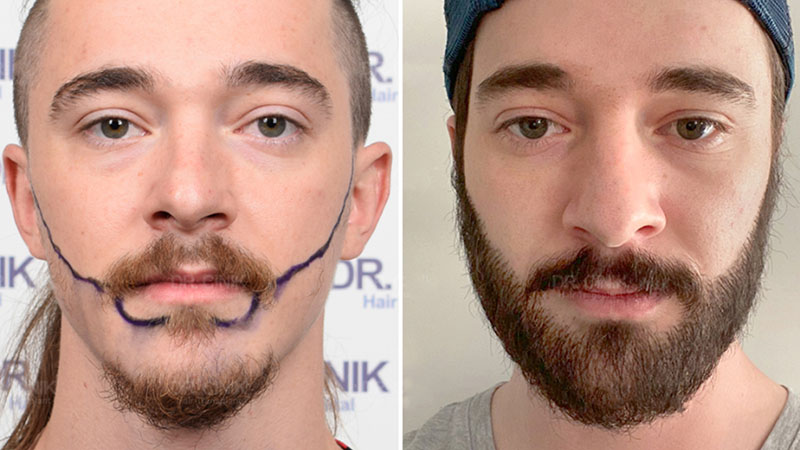
Overview of Beard Transplant Procedures
The technique of beard transplantation involves moving hair follicles from the posterior part of the head. The procedure is delicate. So, the surgeon induces the patient’s local anesthesia. The process may also take several hours and weeks to recover fully.
Suitability and Considerations for FTM Individuals
If you are an FTM individual who wishes to have beards but has tried other methods without success, you may opt for bread transplantation.
However, you should not set high hopes as bodies react differently to surgeries. Also, the results will depend on the surgeon and the after-surgery care.
Expected Outcomes and Recovery Process
After weeks of a beard transplant, the hairs gradually shed. However, hair growth starts after several months. While the process is continuing, results may take up to one year. The recovery phase is characterized by inflammation and edema, which may decrease within days. For the best outcome, it is mandated to adhere to instructions from the surgeon after the operation.
Styling and Grooming Tips
When growing a beard, you should groom and style it correctly.

Here are some tips:
Initial Stages of Beard Growth: Managing Patchiness
Patchiness is experienced in early beard growth. People with this beard must exercise patience while the beard develops on them. Such practical behaviors as grooming and trimming routine aids in eliminating patchiness and making it more even.
Beard Care Routines for Maintaining Healthy Facial Hair
To maintain a healthy beard, you should trim, wash, condition, exfoliate, and moisturize facial hair. Face hair care involves using a beard wash and conditioner to ensure the face hair is clean and free from tangles.
The products smoothen the beard and reduce skin and hair dryness.
Tips for Styling and Shaping the Beard
The beard may look better and fit the face better than the clean-shaven look when shaped on the neckline, creating proportional beards. To keep form and length appropriate, it is crucial to trim them from time to time.
New and improved scissors, trimmers, and combs help to make grooming more accessible and precise.
Challenges and Solutions
While growing bread, you may encounter several challenges. However, it’s essential to find the solution as soon as possible.
Common Challenges Faced by FTM Individuals in Growing a Beard
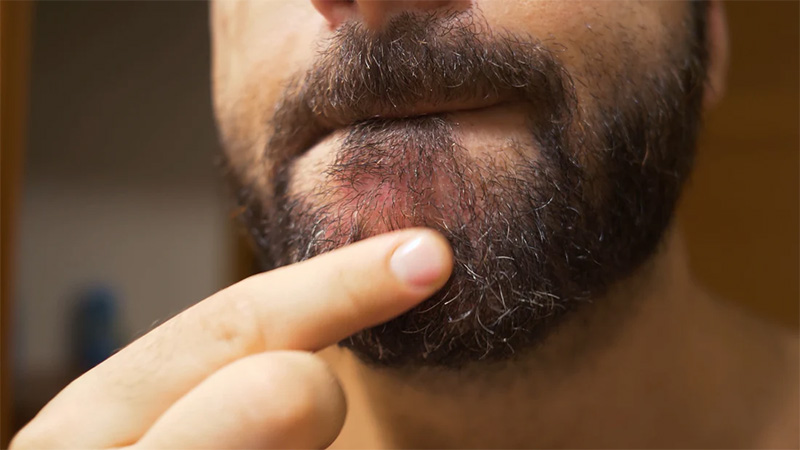
You may face challenges. They include: being extremely slow or stagnant. Or moderate or fast but constant. They are generally uncomfortable and almost always plagued by ingrown hairs.
These are some of the minor problems that might be annoying, but you can solve them and continue building up your beard.
Addressing Slow or Patchy Growth
If the growth rate is slow or patchy, it is recommended to use several techniques, such as tropical treatment. Research evidence also shows that the outcomes are enhanced whenever Minoxidil is used alongside HRT.
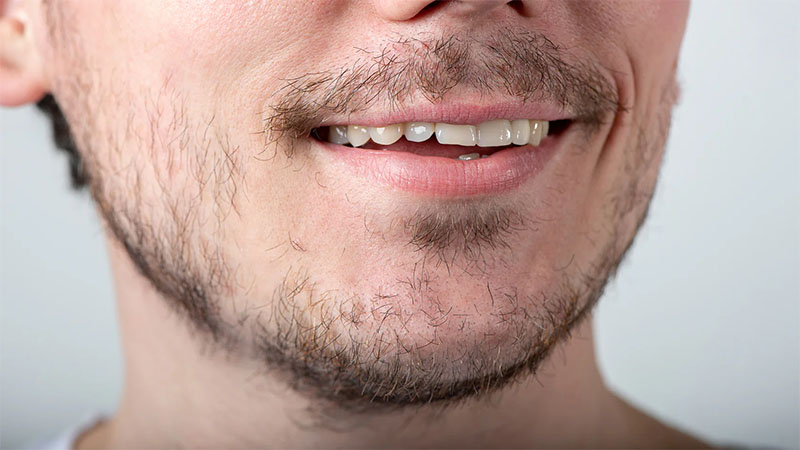
It is important to note that beards also require time to grow, hence the need to be patient and keep on with the routine.
Coping Strategies and Support Resources
The growth of a beard is mentally tiring. Those with successful experiences can support and encourage fellow FTM individuals. You can contact them independently via online forums and group support. Learning about people who are also probably experiencing the same may give you hope.
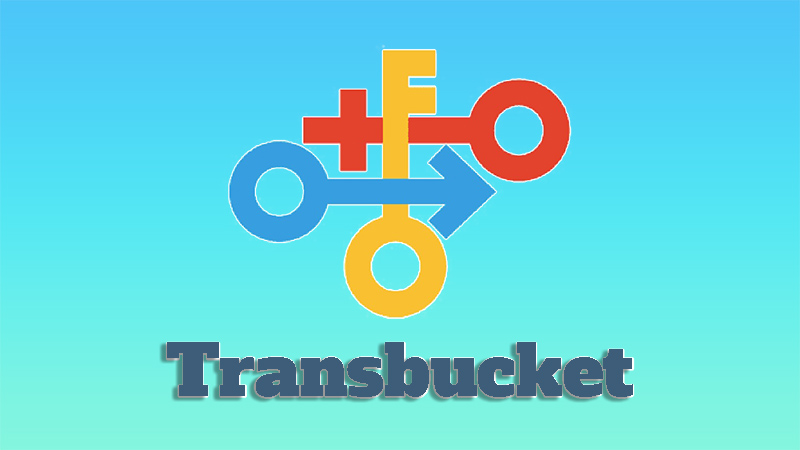
Personal Experiences and Testimonials
Hearing from FTM individuals can help and motivate you on your journey. Their experiences and testimonies are valuable.
Here are some of the real-life experiences:
Alex Bertie’s Story
Alex started his FTM beard growth journey while living in the UK. He began HRT with testosterone injections. He was unsure what to expect regarding beard regrowth, so he was patient for the first six months and barely had a few scattered hairs. But then his beard started to grow thick, and he owed it to the injections and topical Minoxidil that he started using after six months of HRT.

Mr. Carnes’ Journey
Mr. Carnes stated that he underwent a hair transplant in the USA and India. Previously, he had focused little on aftercare and had fewer results. At the start of the transplant, he faced problems like a patchy beard and poor growth. But, time and a proper diet helped him to grow a good beard. Mr. Carnes states that his gender became strong when he grew beards on his chin.
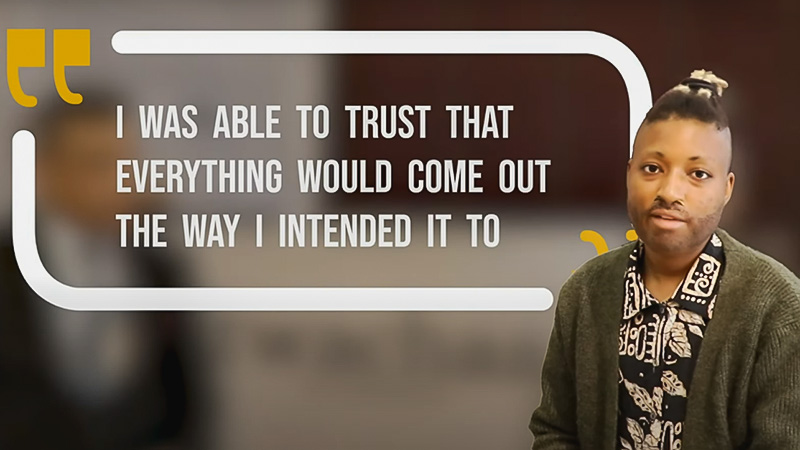
Michael’s Experience
Michael’s story and experience are interesting since he is the youngest to grow a beard. He started his journey of increasing his beard when he was a teenager. Over the years, Michael has remained firm and consistent in his beard growth journey. Facial hair contributed significantly to his self-esteem, masculinity, and personal identity.
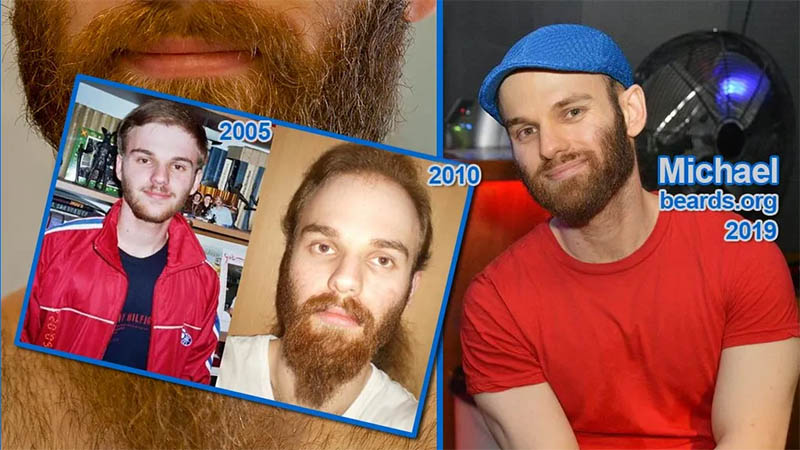
Conclusion
FTM beard growth is one of the aspects of transformation that you will enjoy while affirming your gender identity. Knowing the factors behind beard growth and how to research methods to promote it is important.
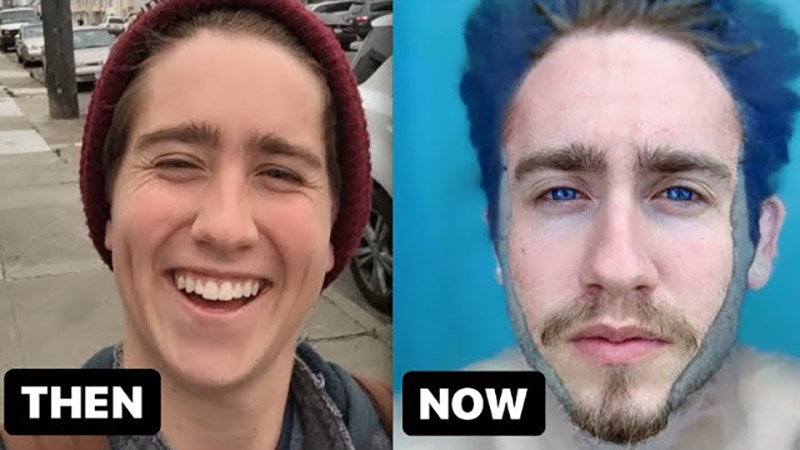
So is learning proper grooming and styling processes. These things will help you get the beard of your dreams. Patience and consistency should be thus applied. Also, it would help if you turned to the transgender community for direction.
FAQs
How long does it take for facial hair to grow after starting testosterone?
After beginning testosterone, facial hair growth is not uniform among people. HRT outcomes may take about two years; thus, it requires a lot of patience and relativity.
Are there any side effects of using Minoxidil for beard growth?
Possible side effects include redness and soreness. You may also have itching and dry skin at application sites.
What should I expect during the recovery period after a beard transplant?
A beard transplant might lead to symptoms like swelling, redness, and moderate pain. In about weeks after the transplantation of the hair, it will be shed off, but growth is likely to start in a month. Results may take five to six months, with full results data taking up to one year.

 Basic Packers
Basic Packers Pack & Play
Pack & Play STP
STP
